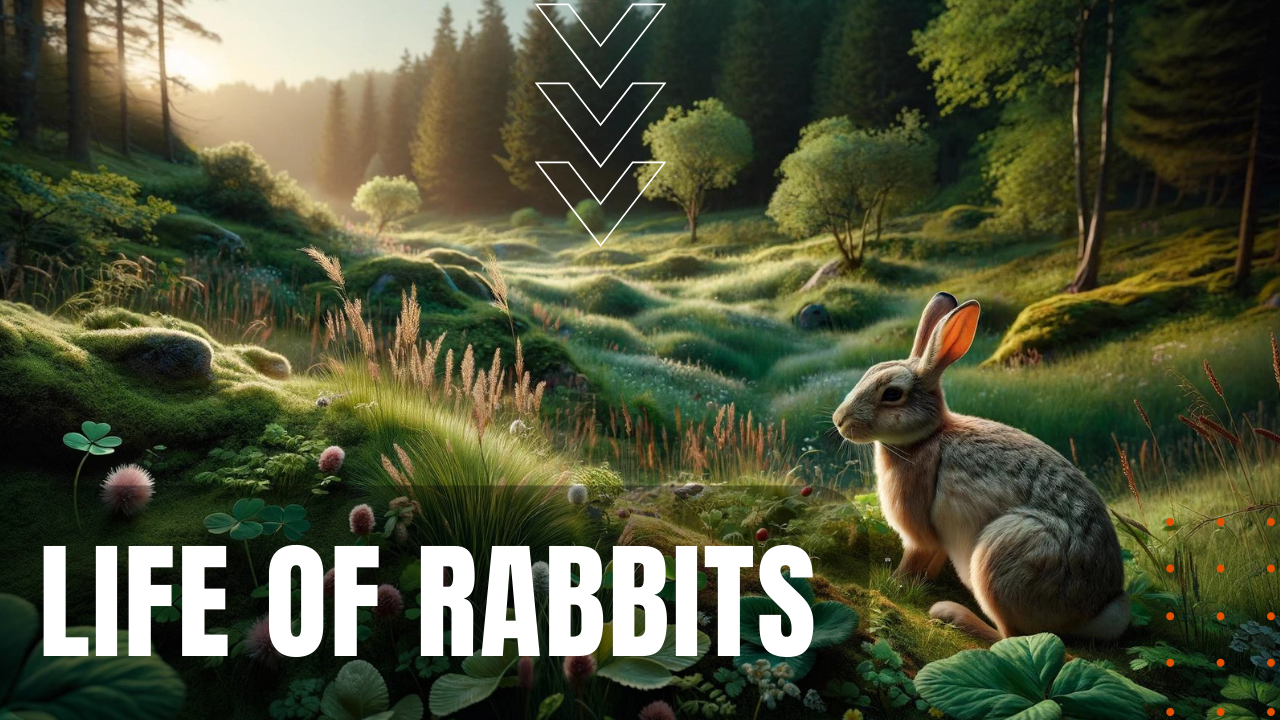-
March 26, 2024
The Life of Skunks
The life of skunks is characterized by their unique defense mechanism of spraying a foul-smelling liquid, their nocturnal habits, and their omnivorous diet. Skunks are solitary animals that communicate through various vocalizations and body language. They are known for their adaptability to various habitats and their important role in controlling insect populations.
-

-
March 19, 2024
The Life of Elephants
Elephants are the largest land animals, known for their distinctive trunks and tusks. They have a complex social structure, living in herds led by a matriarch. Elephants are herbivores, consuming up to 300 pounds of vegetation daily. They have a long gestation period of around 22 months and give birth to a single calf. Elephants are highly intelligent and exhibit advanced communication skills. Unfortunately, they are currently threatened by habitat loss and poaching for their ivory tusks.
-

-
March 13, 2024
The Life of Wild Turkeys
The wild turkey, Meleagris gallopavo, is a large bird native to North America. They have a distinctive appearance with a featherless head and a long, fan-shaped tail. Wild turkeys are omnivorous, feeding on a variety of plant matter, insects, and small vertebrates. They have excellent eyesight and hearing, allowing them to detect predators. During breeding season, males display their colorful plumage and perform elaborate courtship displays to attract females. Wild turkeys are social animals, often forming flocks and roosting in trees at night for protection.
-
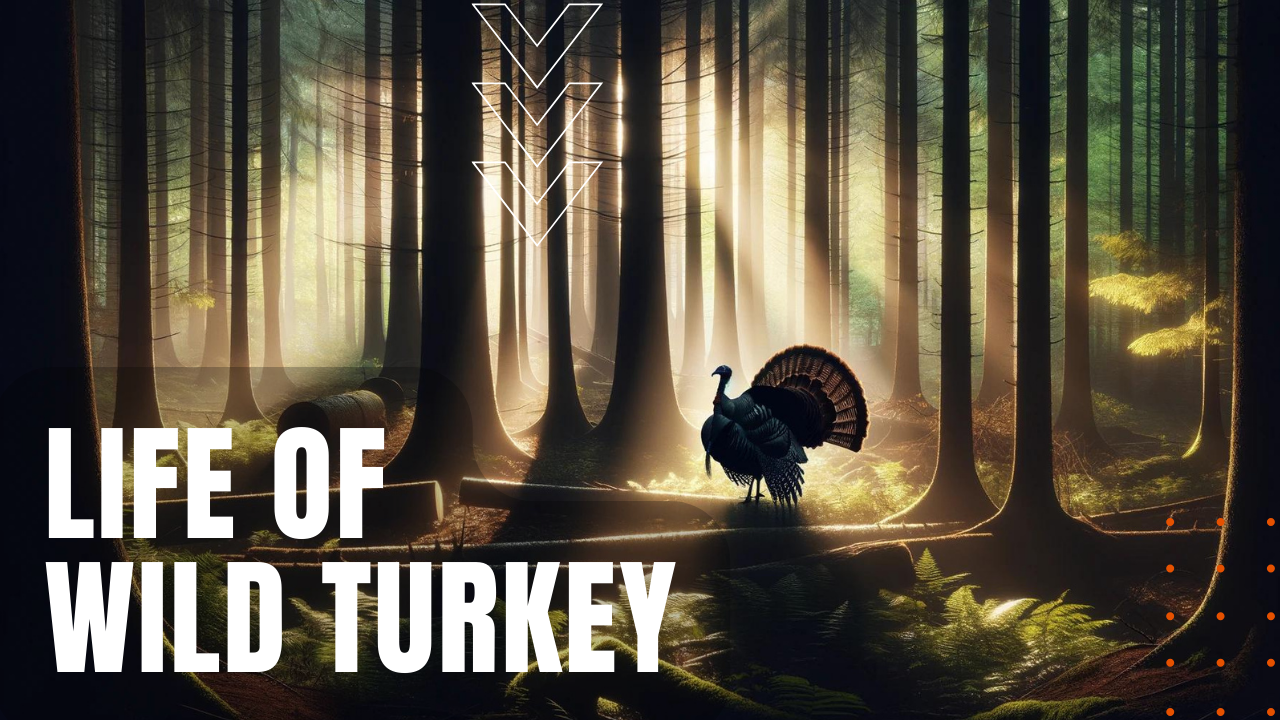
-
March 8, 2024
The Life of Buffalo
Buffalo are large herbivorous mammals native to Africa. They have a robust build, with a hump on their shoulders and a massive head. Buffalos are social animals that live in herds, grazing on grasses and sedges. They have a unique digestive system that allows them to efficiently extract nutrients from tough plant material. Buffalos play a crucial role in maintaining grassland ecosystems and are considered a keystone species.
-
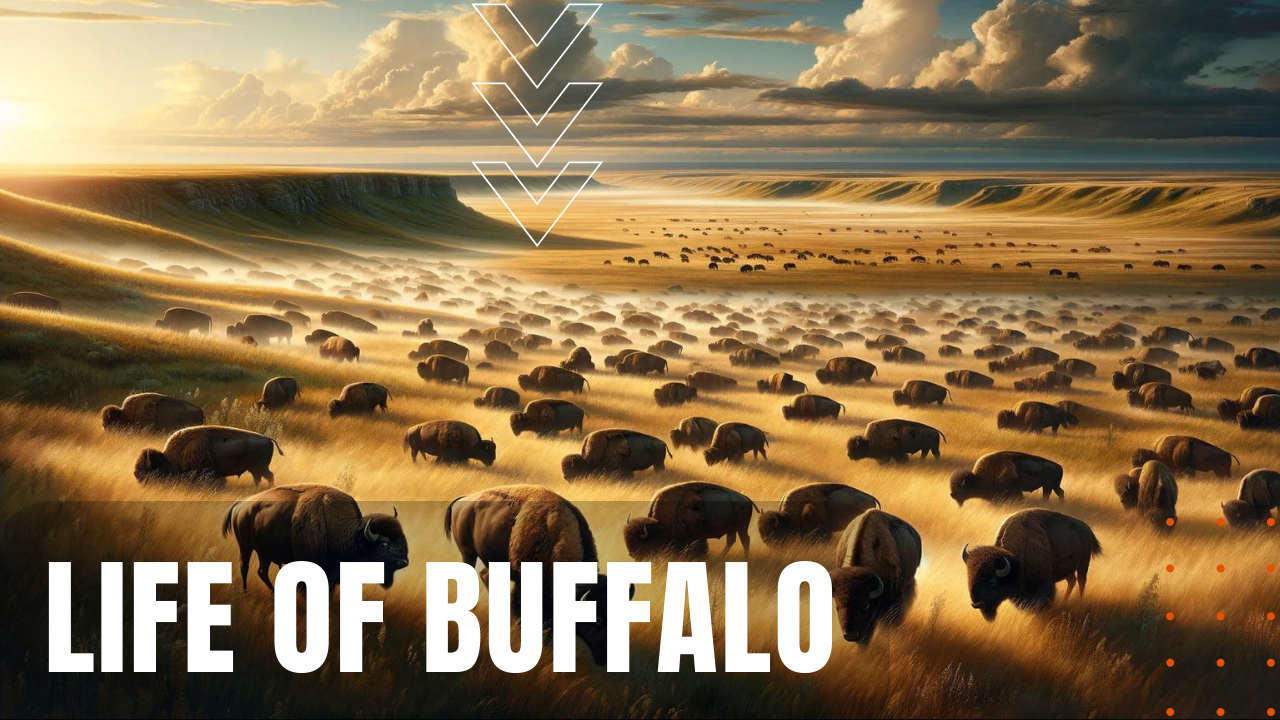
-
February 27, 2024
The Life of Wolverines
Wolverines (Gulo gulo) are carnivorous mammals found in the northern regions of North America, Europe, and Asia. They have a stocky build, strong jaws, and sharp claws. Wolverines are known for their incredible strength and endurance, capable of taking down prey much larger than themselves. They have a diverse diet, feeding on carrion, small mammals, birds, and even plants.
-
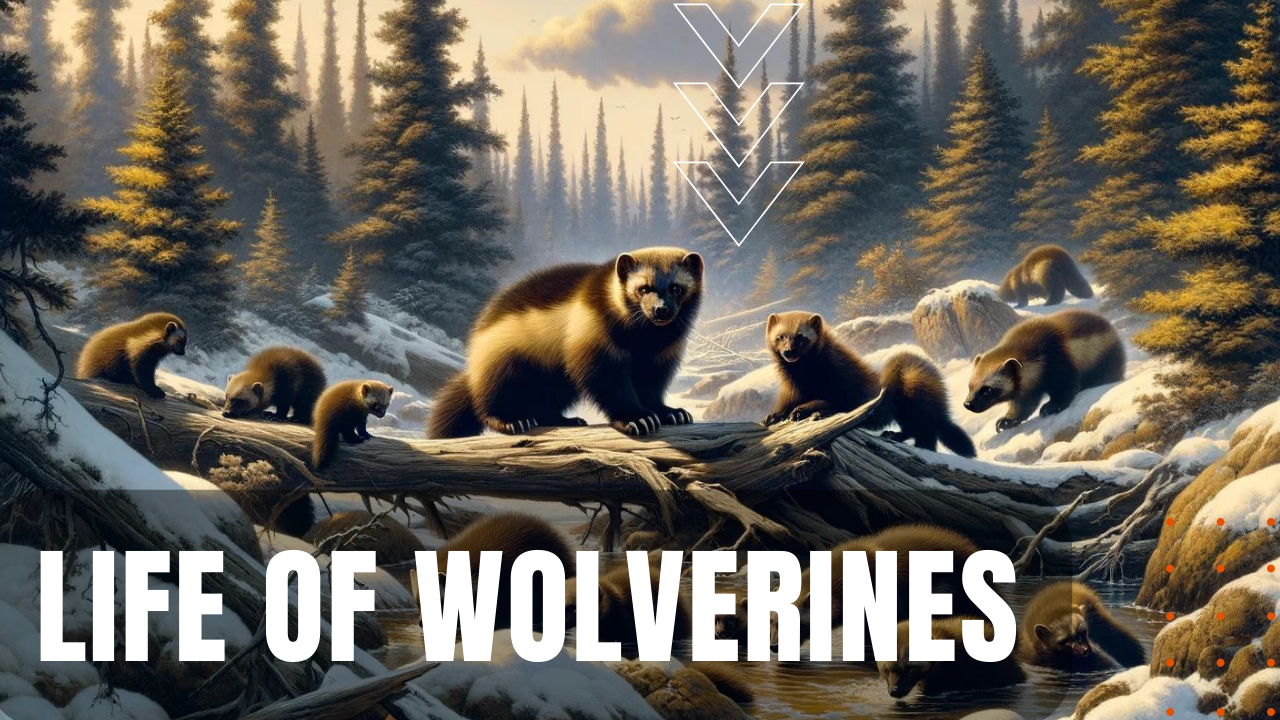
-
February 20, 2024
The Life of Minks
Minks are small, semi-aquatic mammals belonging to the Mustelidae family. They have a long, slender body, short legs, and a pointed snout. Minks are carnivorous, feeding on fish, amphibians, birds, and small mammals. They are excellent swimmers and have a thick, water-repellent fur coat. Minks are solitary animals and are known for their territorial behavior. They are found in North America, Europe, and parts of Asia. Minks are also farmed for their fur, which is highly valued in the fashion industry.
-
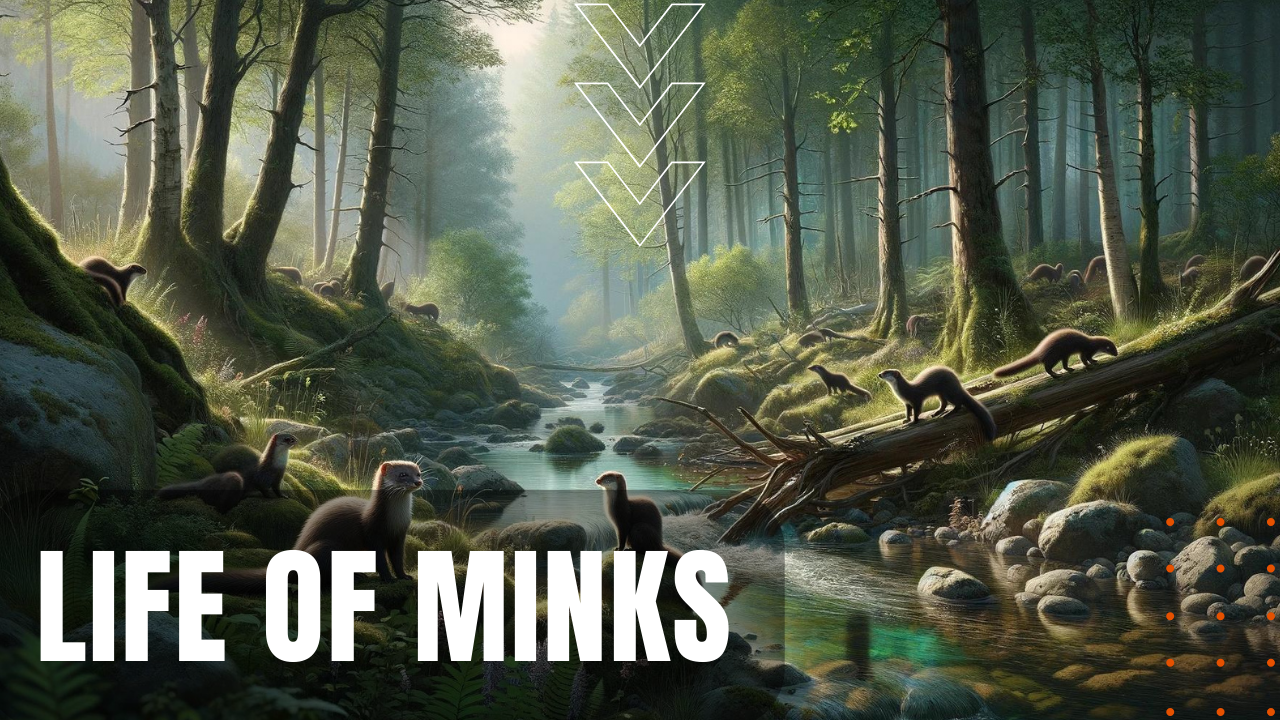
-
February 15, 2024
The Life of Rabbits
Rabbits are small mammals belonging to the family Leporidae. They have a compact body, long ears, and a short tail. They are herbivores, primarily feeding on grass and other plant materials. Rabbits have a unique digestive system that allows them to extract maximum nutrients from their food. They reproduce quickly, with females capable of having multiple litters each year. Rabbits are known for their ability to hop and their keen sense of hearing, which helps them detect predators.
-
